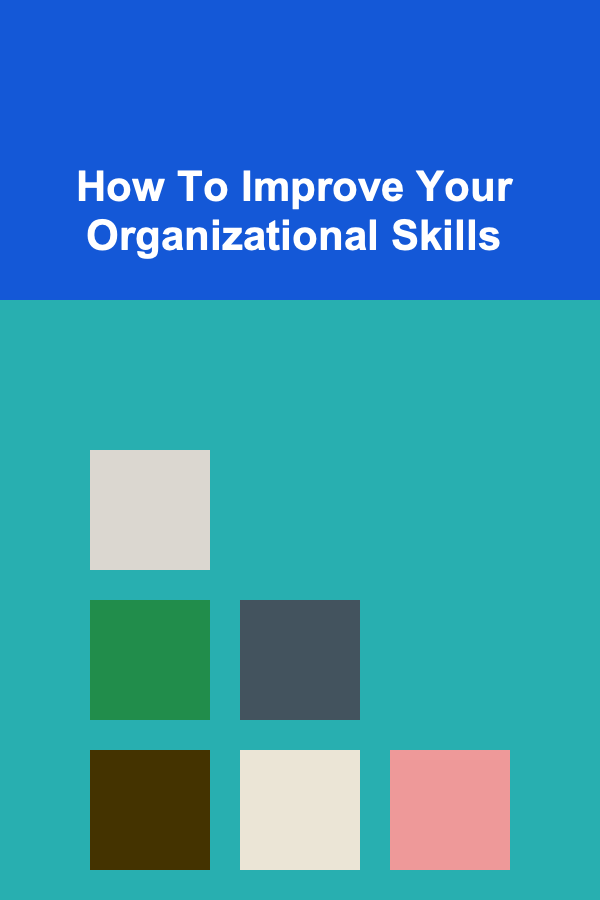
10 Tips for Pilates During Pregnancy: A Safe & Effective Guide
ebook include PDF & Audio bundle (Micro Guide)
$12.99$9.99
Limited Time Offer! Order within the next:
Not available at this time

Pregnancy is a beautiful, life-changing experience, but it also comes with its own set of challenges. As a pregnant woman, maintaining a healthy lifestyle is crucial for both your well-being and that of your baby. One of the best ways to stay active and maintain physical health throughout pregnancy is through Pilates. Pilates is a low-impact exercise system that focuses on strengthening the core, improving flexibility, and promoting good posture. It is a fantastic option for pregnant women, as it can help alleviate many of the physical discomforts associated with pregnancy, while also preparing the body for labor and delivery.
However, while Pilates is generally considered safe during pregnancy, it's important to approach it with caution. Some exercises need to be modified, and there are certain precautions to keep in mind to ensure safety for both you and your baby. This guide will provide 10 essential tips to help you practice Pilates safely and effectively during pregnancy.
Consult Your Doctor Before Starting
Before beginning any exercise program during pregnancy, including Pilates, it is essential to consult your doctor or healthcare provider. They will be able to assess your individual health status and determine whether Pilates is appropriate for you. If you have any pre-existing conditions, complications, or risk factors during your pregnancy, your doctor can offer personalized advice and possibly recommend alternative exercises or modifications.
Even if you've been doing Pilates before pregnancy, it's still important to discuss your exercise plan with your healthcare provider to ensure that it is safe for both you and your baby.
Choose a Qualified Pilates Instructor
Not all Pilates instructors are trained to work with pregnant clients, so it's vital to find one who is experienced in teaching pre-natal Pilates. A certified Pilates instructor who is knowledgeable about pregnancy-specific modifications will be able to guide you safely through your exercises.
A qualified instructor will understand the changes your body undergoes during pregnancy and will be able to provide personalized adjustments to ensure that your Pilates practice is safe and effective. Additionally, a skilled instructor can also offer tips to help prevent injury and improve your comfort during the workout.
Focus on Breathing and Core Engagement
Breathing is an integral component of Pilates, and this is especially true during pregnancy. Proper breathing helps relax the body, improve oxygen flow to both you and your baby, and enhance overall performance during exercises.
When practicing Pilates, focus on deep abdominal breathing. Inhale deeply through your nose, allowing your rib cage to expand, and exhale fully through your mouth, drawing your belly button in toward your spine. This type of breathing will also help with core engagement, which is essential for building strength and stability in the muscles of your core and pelvic floor.
The pelvic floor is particularly important during pregnancy, as it supports the growing uterus and helps in the labor process. Pilates can help strengthen these muscles, improving your posture, stability, and overall comfort.
Avoid High-Risk or High-Impact Movements
During pregnancy, your body undergoes numerous changes that can affect your balance, flexibility, and strength. As a result, it's crucial to avoid high-impact or high-risk movements that could lead to injury.
Avoid exercises that require lying flat on your back for extended periods, particularly in the second and third trimesters. This position can compress the vena cava, a large vein that carries blood back to your heart, and may reduce circulation to the baby.
Additionally, avoid exercises that put excessive pressure on your abdominal muscles, especially exercises that involve twisting motions or deep flexion of the spine. These movements can overstretch your abdominal muscles, which are already being stretched by the growing uterus.
Focus on Posture and Alignment
Maintaining proper posture is essential throughout pregnancy to avoid strain on the back and pelvis. Pilates is particularly helpful in this regard because it emphasizes alignment and body awareness.
As your baby grows, your center of gravity shifts, and you may begin to notice changes in your posture, such as a forward-tilting pelvis and an increased arch in your lower back. These changes can lead to discomfort and pain, especially in the lower back and hips. Pilates exercises can help realign the spine and improve posture, which can alleviate pain and discomfort.
Make sure to pay attention to your posture during every exercise. Keep your shoulders back and relaxed, engage your core muscles, and avoid slumping or arching your back excessively.
Strengthen the Pelvic Floor
The pelvic floor muscles play a crucial role during pregnancy and childbirth. These muscles support the weight of the growing uterus and help with the delivery process. Pilates exercises can help strengthen the pelvic floor, which is beneficial for preventing issues such as urinary incontinence and pelvic organ prolapse.
To target the pelvic floor, include exercises such as pelvic tilts and Kegel exercises in your routine. Pelvic tilts involve gently tilting the pelvis back and forth while lying on your back or standing, while Kegels involve contracting and relaxing the pelvic floor muscles.
Strengthening the pelvic floor muscles can also help improve your posture and stability, making it easier to perform other Pilates exercises.
Modify Exercises as Your Pregnancy Progresses
As your pregnancy progresses, your body will change, and certain Pilates exercises may need to be modified to accommodate your growing belly and shifting center of gravity. Always listen to your body and adjust your practice as needed.
For example, as your belly grows, you may find that certain abdominal exercises become uncomfortable or unsafe. Instead of traditional abdominal crunches, try modified exercises such as side-lying leg lifts or standing pelvic tilts to target the muscles of the core without putting strain on your abdominals.
If you feel any discomfort, dizziness, or shortness of breath during a Pilates session, stop immediately and consult your doctor. It's important to never push yourself beyond your limits during pregnancy.
Prioritize Stability and Balance Exercises
Pregnancy can affect your balance and coordination, especially as your body shifts to accommodate the growing baby. Pilates is an excellent way to work on stability and balance, which can help prevent falls and reduce the risk of injury.
Incorporate exercises that focus on strengthening the muscles of the core, hips, and legs to improve balance. These exercises will help stabilize your body as it changes, making it easier to perform daily tasks and reducing the likelihood of accidents.
Standing exercises, such as leg lifts, squats, and lunges, are great for working on balance, while Pilates props like the stability ball or resistance bands can help increase the challenge and engagement of the muscles.
Stay Hydrated and Take Breaks
As with any form of exercise, it's important to stay hydrated during Pilates sessions. Dehydration can cause fatigue, dizziness, and other symptoms, which could be dangerous for both you and your baby.
Drink plenty of water before, during, and after your workout to keep your body well-hydrated. Additionally, listen to your body and take breaks as needed. If you feel fatigued or overheated, stop and rest. Pregnancy is a time when your body needs extra care, so don't hesitate to modify your workout to suit your energy levels.
Focus on Mind-Body Connection
Pilates emphasizes the mind-body connection, and this is particularly important during pregnancy. By paying attention to your breath, posture, and movement, you can deepen your awareness of your body's needs and improve your overall sense of well-being.
Pregnancy can be a time of physical and emotional changes, so taking a mindful approach to Pilates can help reduce stress, enhance relaxation, and improve your overall mood. Incorporating relaxation techniques, such as visualization or gentle stretching, into your Pilates practice can be a wonderful way to nurture your body and mind during this transformative time.
Conclusion
Pilates is an excellent way to stay active and healthy during pregnancy, offering numerous benefits for both the mother and the baby. By following these 10 tips---consulting with your doctor, choosing a qualified instructor, focusing on posture and alignment, and modifying exercises as needed---you can enjoy a safe and effective Pilates practice throughout your pregnancy. Pilates can help you strengthen your core, improve your flexibility, alleviate discomfort, and prepare your body for labor and delivery.
As with any exercise program, it's essential to listen to your body and adjust your routine as necessary. Remember that your body is undergoing significant changes during pregnancy, so be patient with yourself and take care to prioritize safety and comfort above all else. With the right guidance and modifications, Pilates can be a fun, rewarding, and beneficial part of your pregnancy journey.

How to Create a Sensory Corner for Relaxation
Read More
How to Develop a Storytelling Checklist for Fundraising Campaigns
Read More
How to Keep Seasonal Decorations Organized in Your Entryway
Read More
How to Start an Online Store for Aloe Vera-Based Products: An Actionable Guide
Read More
Why Utilizing Vertical Space is Key in Small Homes
Read More
How To Improve Your Organizational Skills
Read MoreOther Products

How to Create a Sensory Corner for Relaxation
Read More
How to Develop a Storytelling Checklist for Fundraising Campaigns
Read More
How to Keep Seasonal Decorations Organized in Your Entryway
Read More
How to Start an Online Store for Aloe Vera-Based Products: An Actionable Guide
Read More
Why Utilizing Vertical Space is Key in Small Homes
Read More